How the Pareto Distribution Explains the Performance of Your Website
xSimilar math describes the distribution of organic traffic by Google and the statistical distribution of the sizes of grains of sand. Here’s how to translate this trivial knowledge into audience-building potential.
Here’s a fun fact for the data nerds out there: despite being conceived of and crafted by (decidedly clever) humans, Google’s behavior actually mimics patterns that can be found in nature.
The way Google works — particularly the fact that user interactions affect search rankings — creates a radically unequal distribution of traffic: a lot of sites get a little traffic from organic search, and a few sites get a lot of traffic from organic search. This relationship is neatly described by the Pareto Distribution, a statistical model that maps numerous other aspects of nature and society.
When it comes to search, the Pareto Distribution also delivers opportunity in the form of “long-tail” (low competition, high specificity) search terms and topics. Using these topics as a forum for our clients’ ideas and stories is central to our work at L&T, and to driving meaningful business results from the simple act of writing.
The Pareto Distribution
The Pareto Distribution, or “Pareto’s Law,” is a statistical distribution that describes the real behavior of numerous systems. A common Pareto example is the size of cities: there are very few of the largest cities, a few medium-sized cities, and loads of very small ones.
Civil engineer Vilfredo Pareto developed the math to describe this phenomenon while studying wealth distribution in society. The model applies to a stunning number of systems — geographical, physical, economic; from the performance of stock options to the distribution of wealth in society.
See an ideal version of the distribution below:
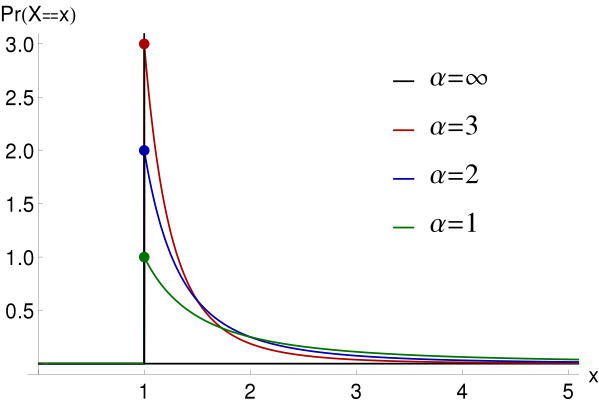
And some real data:
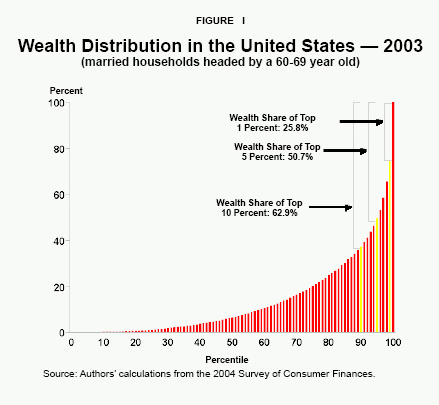
There are a few reasons why many large-scale systems display this property. First and foremost, large cities or high net worth individuals are the most likely to grow larger or richer in the future. Why? Because increased magnitude is often accompanied by increased opportunity: a high net worth individual has more investment opportunities than someone with a low net worth, while a large city like New York offers more opportunities for employment and entertainment, and so attracts even more residents.
Meanwhile, a system is likely to follow a Pareto Distribution if there’s no defined limit on growth.
Thus, the tendency of the wealthiest to get richer and richer can continue indefinitely. This is unlike, say, body weight in humans. In this system, there is a limit to how much weight you can gain, and the heaviest people are very rare. As such, human body size follows the normal distribution:
Fundamentally, Pareto’s Law applies to human endeavors, but it is not purely a function of economics, information, or society. The distribution also occurs in nature, where it applies to the size of stars and grains of sand.
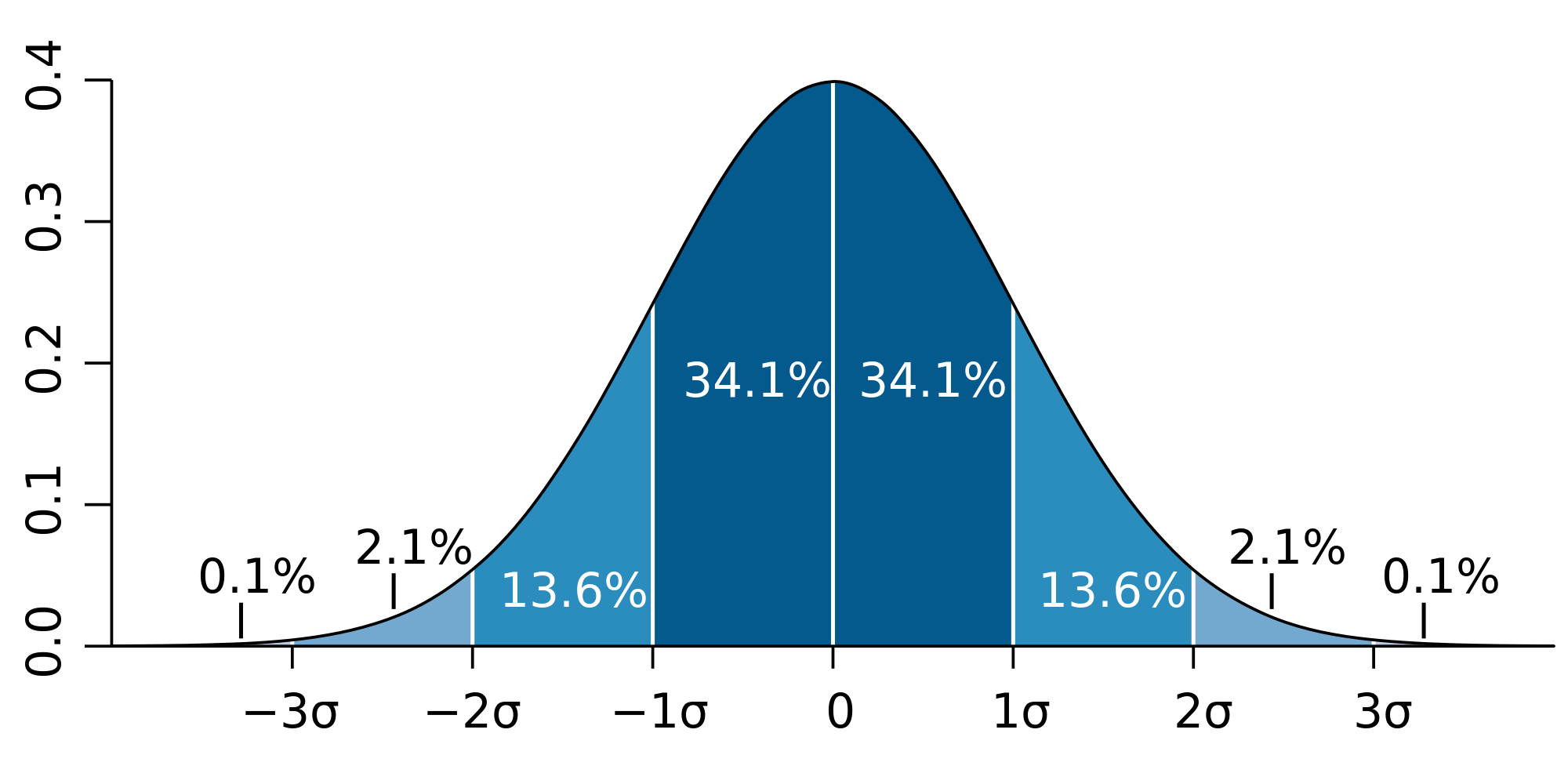
What this Means for Websites
The Pareto Distribution is relevant to your digital presence because search engine results, keywords, and websites follow the same trend. For example, consider the specific search terms associated with any broad search topic, such as “coworking spaces”: general keyword terms will capture the bulk of the traffic, while a large number of more niche keywords will sweep up the rest. See this example from my previous article on using search data to power your writing strategy:
This pattern applies to the overall popularity of websites, as well — see the graph below, which breaks down Moz’s list of the top websites by the number of domains that link to them:
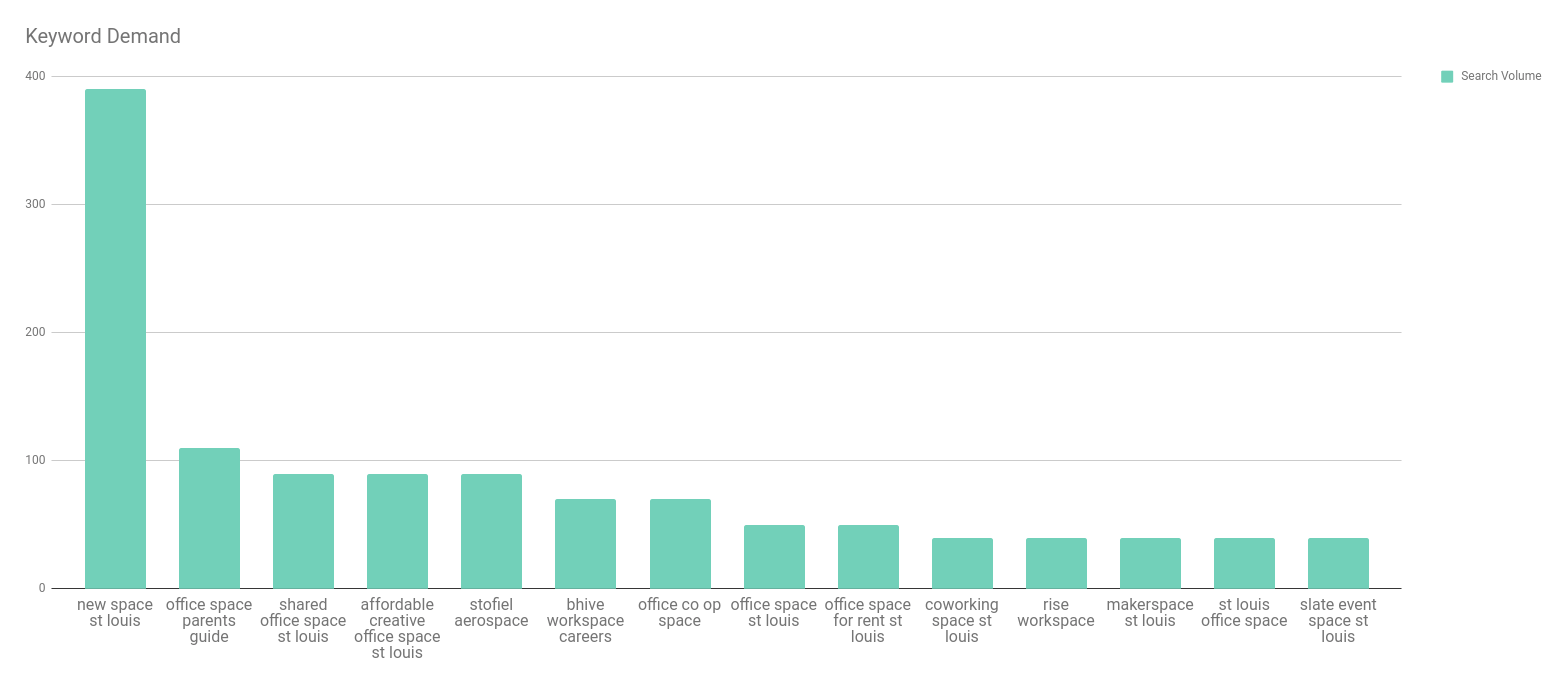
Well-linked websites are usually more likely to be seen, meaning even more links.
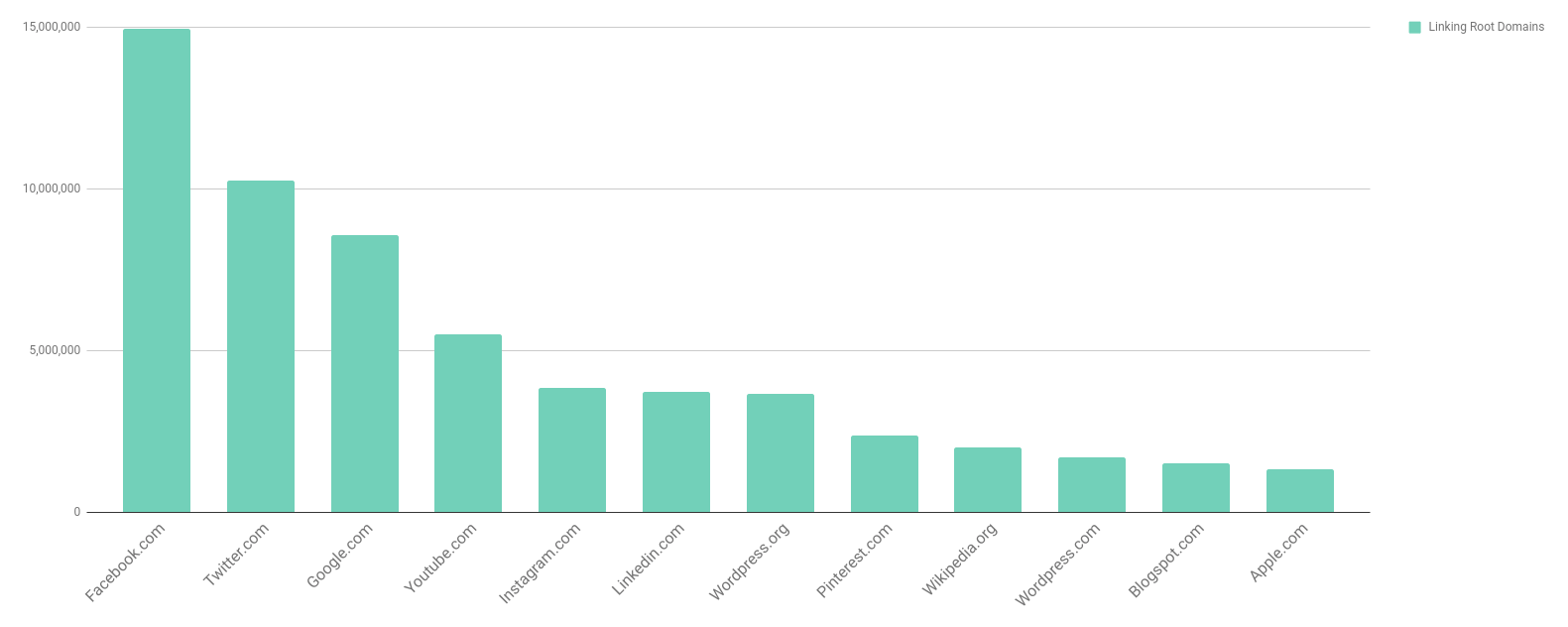
Pareto’s Law applies, finally, to the share of traffic a website gains from its ranking in search results. Position 1 earns 32.5%, Position 2 earns 17.6%, Position 3 earns 11.4%, etc. Because Google’s rankings are based to a large extent on the number of people that click the links, a successful (i.e., highly visible) site will generate more clicks and, thus, be promoted even further.
All of these effects combine to make the distribution of search traffic among websites a case of unto those that have, everything shall be given.
Using Pareto to Your Advantage
Fundamentally, someone needs to be at the top, but it’s rarely the same person for any notable length of time. Nassim Taleb put this succinctly in his book The Black Swan, noting that most of the companies on the Fortune 500 are not the same ones that graced the list in decades past. (You can check out the Fortune 500 archives to explore how things have changed.)
Put another way, systems that follow the Pareto Distribution have big winners, but the winners change with time: the system is dynamic. Apple, a company that currently ranks #3 on the Fortune 500 list, didn’t even exist when the Fortune 500 was created in 1955.
When it comes to search, the drastic inequalities that Google perpetuates also represent an opportunity for brands to build their traffic.
The Long Tail
In search, the Pareto Distribution offers brands the opportunity to find the first rung on the ladder, so to speak, in order to build their search traffic. Metaphorically, they can avoid trying to compete for the New York Cities of their keyword landscape, and instead focus on the small to mid-sized St. Louises and Renos that are less competitive and fit them better.
The most popular search queries in a given market are also the most general, while those with less traffic are usually more nuanced and specific. Meanwhile, it is usually easier to rank for a low-traffic keyword, because competition is less intense — just as rent is lower in smaller cities. As a result, these more specific keywords represent an accessible pool of interested users who are much more relevant to your brand.
These niche keywords live on the extended, narrow part of the Pareto distribution — the long tail.
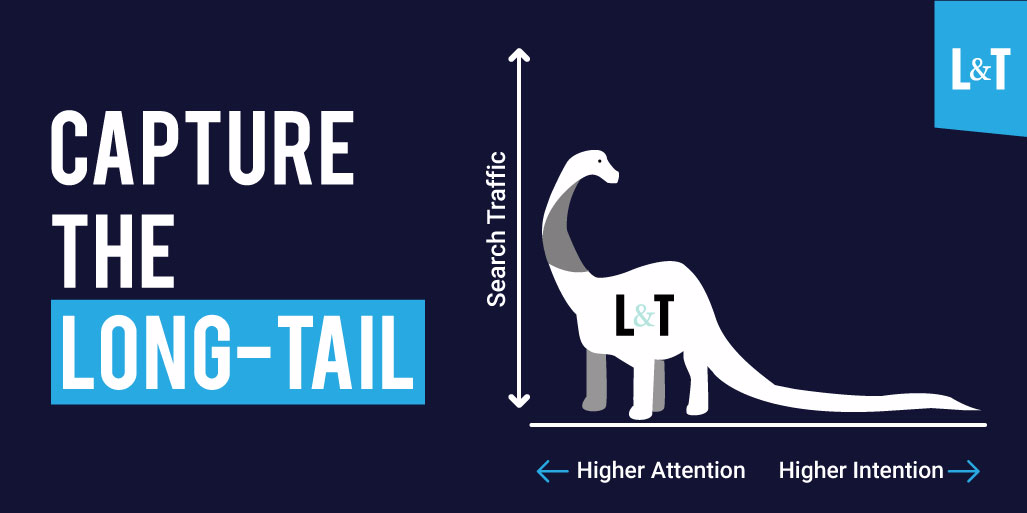
The Pareto Distribution is an asset here, because it works at any scale. First, identify a long-tail, low competition keyword or topic about which you know more than anyone, e.g. affordable creative office space st louis. When you write about it, you stand a chance of ranking highly, if not gaining the #1 spot in Google search.
For that one search, you have become the authority, and your high ranking generates clicks. Google notices, and will promote other pages on your site. If you keep sharing your expertise in the same targeted, meaningful way, you can continue to boost your site’s popularity. All boats rise with the tide.
Returning to my Fortune 500 example, the fact that the Fortune 500 churns continuously doesn’t mean that any company can gain the top spot. The same is true for search: merely using a long-tail strategy won’t (necessarily) launch your site to the top of the distribution with Facebook and Google.
But, unless you’re a social network or a search engine yourself, why would you want that much traffic? Rather, using a long-tail strategy is an effective method for developing a relevant audience and growing it over time, especially in competition with larger businesses.
Related Insights
We’re looking forward to working with you, too.
Start conquering the digital terrain today.





